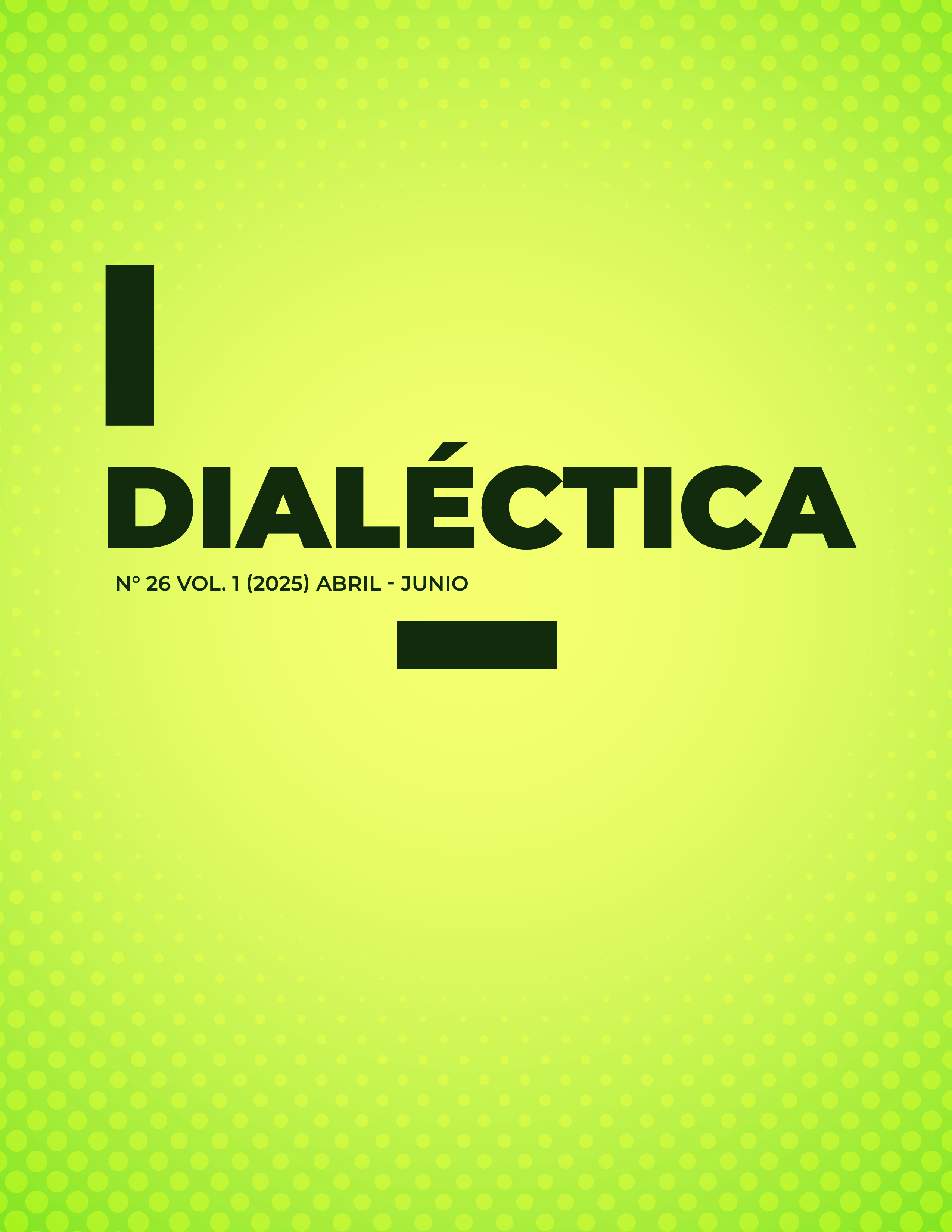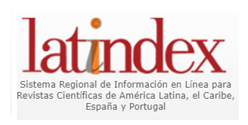ROLE OF THE TEACHER IN MEDIATED TEACHING OF MATHEMATICS THROUGH THE USE OF RELATIONSHIP, INFORMATION AND COMMUNICATION TECHNOLOGIES (TRIC)
DOI:
https://doi.org/10.56219/dialctica.v1i26.4410Keywords:
technology, mediated education, mathematics teachingAbstract
The incorporation of relationship, information and communication technologies (RTIC) is significantly transforming pedagogical methods in youth education. Through the use of computers and the Internet, new teaching strategies have been implemented that promote more effective environments for learning. This phenomenon has profoundly altered the ways of access, dissemination and application of knowledge, evidencing the need to integrate these technologies into the educational process, especially in complex areas such as mathematics. In this context, students develop skills to use digital tools—such as YouTube and social networks—that enhance their acquisition of knowledge and enrich their academic training. Based on this panorama, the essay proposes a bibliographic review aimed at understanding the teacher's role in teaching mathematics through the use of digital technologies. The main result is to establish a theoretical framework that helps guide educational practice under the new emerging modalities of teaching and learning.
Downloads
References
Adams, A. (2018). *Digital learning in the 21st century: A critical perspective*. Routledge
Barragués, J et all (2013). Una propuesta de uso de un Classroom Response System (CRS) para promover clases interactivas de Cálculo en la universidad. [Revista en línea]. Disponible: dehttp://www.scielo.org.mx/scielo.php?pid=S1665-58262013000100004&script=sci_abstract
Bennett, C., & Alexander, M. (2017). *Educational technologies and early childhood mathematics education*. Springer.
D´Amore , B., & Radford , L. (2017). Enseñanza y aprendizaje de las matemáticas:
Gabelas (2024). Tecnologías de la Relación, la Información y la Comunicación. Bienvenidos a las TRIC. [Artículo en línea]. Disponible: https://www.educaciontrespuntocero.com/noticias/tric/
Infante, P. (2010). Integración de la tecnología en la educación matemática. [Artículo en línea]. Disponible: chrome-extension://efaidnbmnnnibpcajpcglclefindmkaj/https://www.redalyc.org/pdf/784/78415022003.pdf
Johnson, D. y Johnson, R. (1999). Aprender juntos y solos: aprendizaje cooperativo, competitivo e individualista. Argentina: Aique Grupo Editor S.A
Johnson, L. (2019). The impact of information and communication technologies on teaching practices. Journal of Education and Technology, 4(2), 45-56.
León, R (2012). Los fines de la educación. Orbis. Revista Científica Ciencias Humanas, vol. 8, núm. 23, septiembre-diciembre, 2012, pp. 4-50
López, L. (2017) Indagación en la relación aprendizaje-tecnologías digitales. En: Educación y educadores, vol. 20, no. 1, p. 91 –105. Disponible: http://educacionyeducadores.unisabana.edu.co/index.php/eye/article/view/6374 DOI: https://doi.org/10.5294/edu.2017.20.1.5
Porlán, R. (2020) El cambio de la enseñanza y el aprendizaje en tiempos de pandemia. Revista de Educación Ambiental y Sostenibilidad 2(1), 1502.Recuperado de: https://rodin.uca.es/bitstream/handle/10498/23914/REAyS%202%281%29%2c%201502.pdf?sequence=1&isAllowed=y DOI: https://doi.org/10.25267/Rev_educ_ambient_sostenibilidad.2020.v2.i1.1502
Rangel, A. (2015). Competencias docentes digitales: propuesta de un perfil Pixel-Bit. Revista de Medios y Educación. Sevilla,España: Universidad de Sevilla,46(1),235-248.Recuperadode:https://doi.org/10.12795/pixelbit.2015.i46.15 DOI: https://doi.org/10.12795/pixelbit.2015.i46.15
Riveros, V. et all. Las tecnologías de la información y la comunicación en el proceso de instrucción de la matemática. En: Quórum Académico, 2011, vol, 8,no.1,p.11.Recuperado de: https://www.redalyc.org/pdf/1990/Resumenes/Resumen_199018964007_1.pdf
Romero, E. L. C. y Moreira, J. A. M. (2020). Entornos virtuales de aprendizaje y su rol innovador en el proceso de enseñanza. ReHuSo: Revista de Ciencias Humanísticas y Sociales,4(1), 119-127. Disponible: https://bit.ly/3xxEdUQ DOI: https://doi.org/10.33936/rehuso.v4i1.2156
Salat, R. (2013). La enseñanza de las matemáticas y la tecnología. [Artículo en línea]. Disponible: chrome-extension://efaidnbmnnnibpcajpcglclefindmkaj/https://www.scielo.org.mx/pdf/ie/v13n62/v13n62a5.pdf
Tapscott, 2009). Grown up digital. MC Graw Hill
NESCO (2015). Conferencia de Desarrollo Sostenible de Naciones Unidas. Documento en Línea. Disponible en: https://www.cepal.org/es/eventos/conferencia-naciones-unidas-desarrollo-sostenible-rio20
UNESCO, (2008). Estándares de Competencias en TIC para Docentes. Londres, Enero 8 de 2008. [Documento En línea]. Disponible: http://www.oei.es/tic/UNESCOEstandaresDocentes.pdf
UNESCO. (2018). Navegadores del conocimiento: Educación en la era digital. París: UNESCO. https://unesdoc.Unesco.org/ark:/48223/pf0000264415_spa
Villota y Guerrero (2012). Competencias docentes en el uso de las TIC en la Universidad Mariana. UCV - Scientia 4(2). Colombia.
Downloads
Published
How to Cite
Issue
Section
License

This work is licensed under a Creative Commons Attribution-NonCommercial-ShareAlike 4.0 International License.
La revista Dialéctica conserva los derechos patrimoniales (copyright) de las obras publicadas, que favorece y permite la reutilización de los mismos bajo la licencia Creative Commons Atribución-NoComercial-CompartirIgual 4.0 , por lo cual se pueden copiar, usar, difundir, transmitir y exponer públicamente, siempre que se cite la autoría y fuente original de su publicación (revista, editorial, URL y DOI de la obra), no se usen para fines comerciales u onerosos y se mencione la existencia y especificaciones de esta licencia de uso. Si remezcla, transforma o crea a partir del material, debe distribuir su contribución bajo la misma licencia del original.











